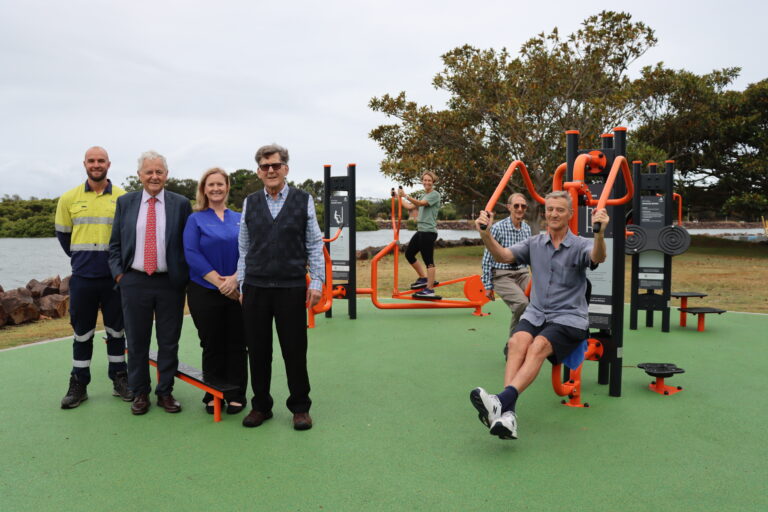In the past decade or so that I have immersed myself in the safety sector I have numerous examples of good safety practices paying dividends over and above creating a safe work environment.
Safe systems of work not only prevent workplace injuries and misadventure (and protect business owners and managers from prosecution under WHS legislation) they are also proven to contribute to better overall business processes.
Continuity is critical for any business. Meeting deadlines and minimising production costs are crucial for both profitability and maintaining a strong reputation in the marketplace. If these workflows are jeopardised by poor safety practices you are almost inviting disruption … and red ink to the balance sheet.
Insurance premiums and legal costs can also be minimised by generating a positive safety culture in your business which permeates throughout the entire organisation.
And while it would be nice to think such a change can happen quickly and seamlessly, it tends to be a more involved process.
The cornerstone of good change management practice begins by engaging staff and clarifying what benefits any change will mean for them. If they don’t see any benefits, change is difficult.
In real terms, safety is extremely important to everyone who works in your business. Everyone expects to go home safely each day and livelihoods are also at stake should safety related issues impact on morale or output.
Therefore, a safe work site is an obvious common goal for business owners, management and staff. And there’s no better way to achieve this than through investigating and streamlining business processes to identify and manage risks.
Most successful businesses use safety key performance indicators such as Lost Time Injury Hours (LTI’s), safety training and site inspection records as part of their balanced dashboard process to help monitor and drive business performance.
Proactive businesses uncover other ways to streamline processes, making them more efficient while also delivering better customer service and boosting the bottom line. And more efficient work procedures (coupled with robust training and competency assessments) are easier to implement, and more likely to be adhered to, improving productivity and lifting morale.
All of this helps you to meet your service and profit targets and keeps your staff engaged – proving once and for all that good safety is actually good for business.
Plant Assessor’s clients have seen how better safety management means more efficient business processes and we can help you as well. For more information, please contact us on 1300 728 852 or via our contact form.





